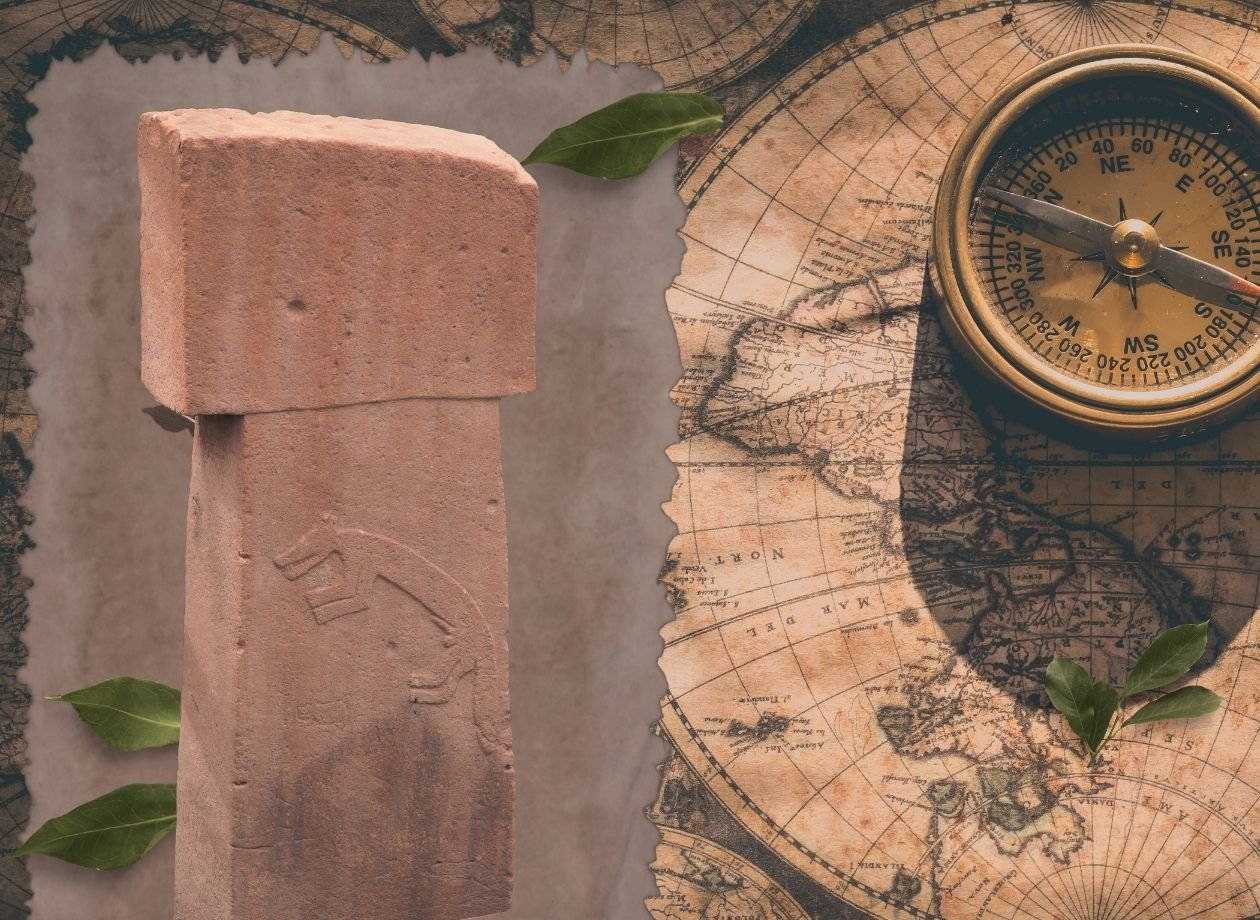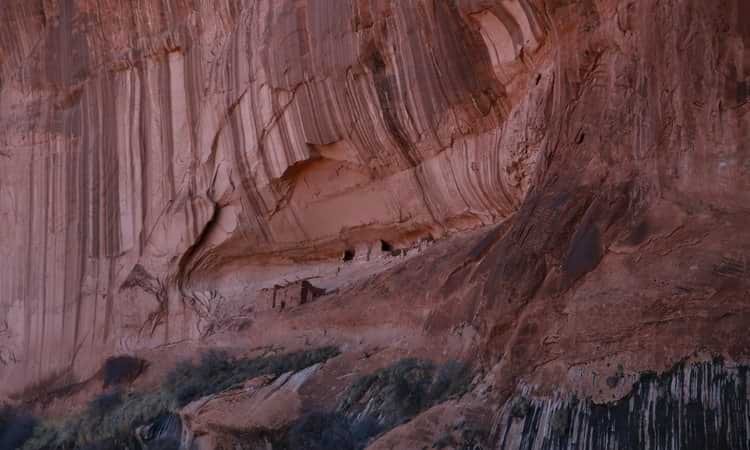Ancient Man = Toddlers
Have you ever noticed that our expectations for ancient man are similar to those for toddlers?
Hear me out:
1. They aren’t allowed to use power tools.
2. They can’t be motivated by practicality.
3. They must believe in Santa Claus and bogeymen under the bed.
Yes, I know, it sounds weird, but let’s look at Gobekli Tepe. Discovered in 1994, this site in modern-day Turkey was probably built not long after Babel. It’s a large site, and we’ve uncovered 5-10%, which is quite enough for us to know everything we need to know about these people – given how much we’ve already assumed.
The rules for toddlers – er, people – living during this time period are strict. They are can’t live in towns, build structures, farm, or do anything else reasonably permanent, unless you count decorating caves. And even cave paintings must be superstitious in nature.

Ancient man isn’t allowed to use power tools.
Not at all. However, toddlers have a mind of their own. These people decided to quarry megaliths of up to 16 tons, and transport them a quarter mile to a site we now call Gobekli Tepe. There the stones were used to make circular buildings 30 to 100 ft in diameter. Since they weren’t allowed any engineering knowledge or tools, we must expect that it took 500 people to build one of these structures.
No one person with wealth or power hired them to do this, because “toddlers” have no organizational skills and don’t care about money. Instead, they were motivated by a common fear/superstition.
When the structure was complete, they wasted valuable time that should have been spent hunting and gathering in making terrazzo floors for their new building. Terrazzo is made of burnt limestone and clay, polished to give it a spotted appearance. It creates a flooring surface that is extremely durable and resistant to moisture. We can assume this was accidental/superstitious.
Ancient man is never motivated by practicality.
The tiny piece of Gobekli Tepe we’ve excavated has turned up Northern Mesopotamia’s largest collection of grinding stones for cereal. Around 7000 of them. Odd, since we know for sure that they didn’t farm, because toddlers of that period just didn’t farm. And the sickles we found were probably…
Um…
…actually, we have no idea why they were playing with sickles, since the first evidence of agricultural production appears a thousand years later. It all just goes to confirm our early assumption that these people were sadly impractical.
Ancient man must always believe in Santa Claus and bogeymen under the bed.
Now it gets really weird. These people decided to decorate their no-practical-use-buildings. Here we observe the one subtle difference between ancients and toddlers. While they can’t build or make anything practical, their art must be for practical (ie. superstitious) purposes only. Their art wasn’t the crayons on walls type, either. It’s more like… this:

(BTW, we’ve decided that thing going after the boar is a large cat, because the evolutionary timescale we’ve put this site on doesn’t give us any other options.)
Not bad for toddlers. Probably they did all this to stave off evils through some form of magic representation, like a voodoo doll. I mean, that’s why you have pictures on your walls, right?
We’ve decided that Gobekli Tepe was a purely religious site. That’s why we call it “The World’s First Temple.” They couldn’t have lived there because toddlers don’t like to sleep in proximity to bogeymen. Besides, you can’t live for any length of time in one place without agriculture, which we’re sure they hadn’t invented, and they also didn’t have enough water. Our exhaustive digs have uncovered a carved channel that collected rainwater from the surrounding area and fed it into cisterns that could store at least 5,300 cubic feet of water, but what’s that among 500+ worshipers we’ve decided were involved? A puddle. Not enough to wet their whistles.
So there you have it, folks! Everything you ever needed to know about your ancestors (or at least your ancestor’s cousins,) deduced from the world’s oldest religious site and a handful of preconceptions. It’s as easy as A. B. C.
Only we know for sure they didn’t have a written language…
If you enjoyed my (admittedly snarky) article, let’s stay in touch! Sign up for my newsletter and get a free ebook, updates, and more articles like this one, delivered to your inbox each month!







